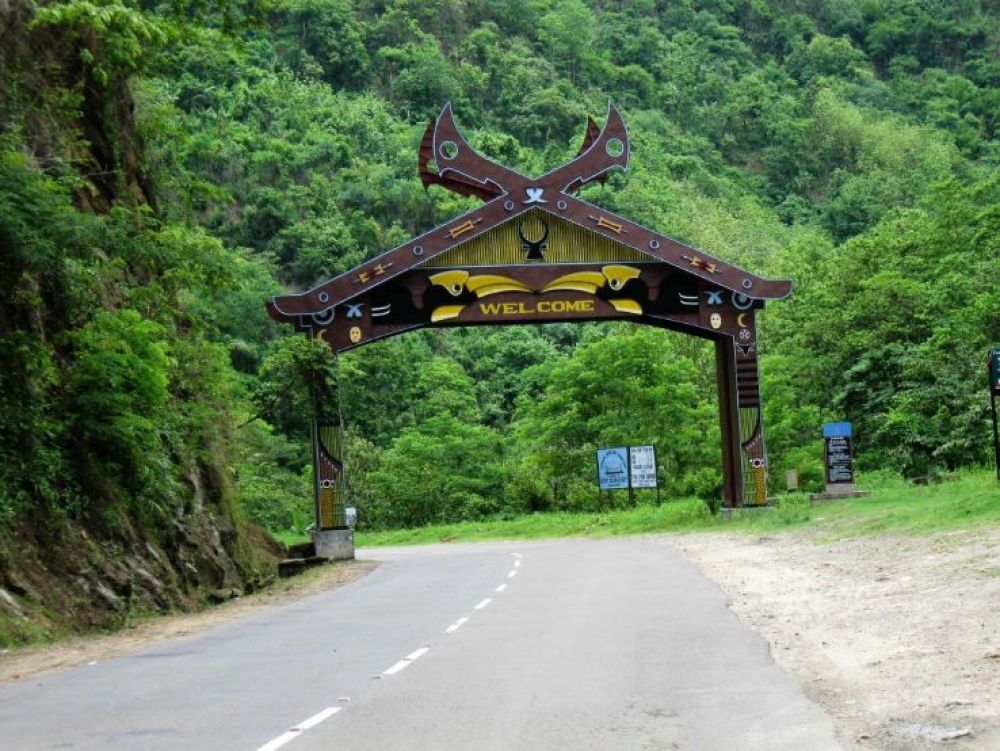

The scenic beauty of Northeast India is encapsulated in places like the Liphanyan Governor's Camp in Wokha, Nagaland. Although Nagaland has been a less explored gem in the crown of Indian tourism, in recent years, places such as the Liphanyan Governor's Camp have become a beacon attracting visitors both from within India and abroad.
Historically, the region of Wokha has been the home of the Lotha tribe, one of the major tribes in Nagaland. The cultural richness and traditional practices of the Lothas, along with the pristine natural landscapes, have formed the foundational allure of Liphanyan Governor's Camp. Established with the intention of providing visitors with an immersive experience in nature, the camp has been one of the contributions to the eco-tourism initiatives of the state.
The campsite is situated by the Doyang River, which is also famous for the Amur Falcon migration. This natural phenomenon occurs around October and November and has become a significant attractor for bird-watchers and nature enthusiasts, marking the beginning of eco-tourism in the area.
The government of Nagaland, along with several private entities, have been pivotal in developing the tourism infrastructure in Wokha. Efforts have been made to ensure that development is sustainable and that the local communities benefit from tourism. The growth of the Liphanyan Governor's Camp as a tourist destination has led to an increase in local employment and economic opportunities.
Currently, tourism trends at Liphanyan Governor’s Camp are focused on adventure tourism, eco-tourism, and cultural tourism. Visitors can engage in activities such as trekking, angling, camping, and bird watching. They also have the opportunity to interact with local communities, learn about their customs, and participate in local festivities.
The recent trend of responsible tourism is also taking hold, with visitors increasingly becoming aware of the need to preserve the natural and cultural ecosystems of the places they visit. Tourists to Liphanyan Governor's Camp are encouraged to minimize their environmental impact and support local initiatives.
The promotion of tourism in Liphanyan Governor’s Camp has been supported by several government initiatives, including the Hornbill Festival, an annual cultural festival that showcases the diversity of Naga tribes. Such events have contributed significantly to the increase in tourist footfall in the region.
If you are planning a visit, the best time to experience the beauty of the Liphanyan Governor's Camp is during the cooler months from October to May when the weather is pleasant and conducive to outdoor activities.
In conclusion, the sustained efforts towards developing eco-tourism and preserving cultural heritages at Liphanyan Governor's Camp have not only enhanced the visitor experience but have also set a benchmark for sustainable tourism practices in Nagaland. Whether for adventure, relaxation or cultural education, Liphanyan Governor’s Camp is an emerging jewel in the domain of tourism in Northeast India.